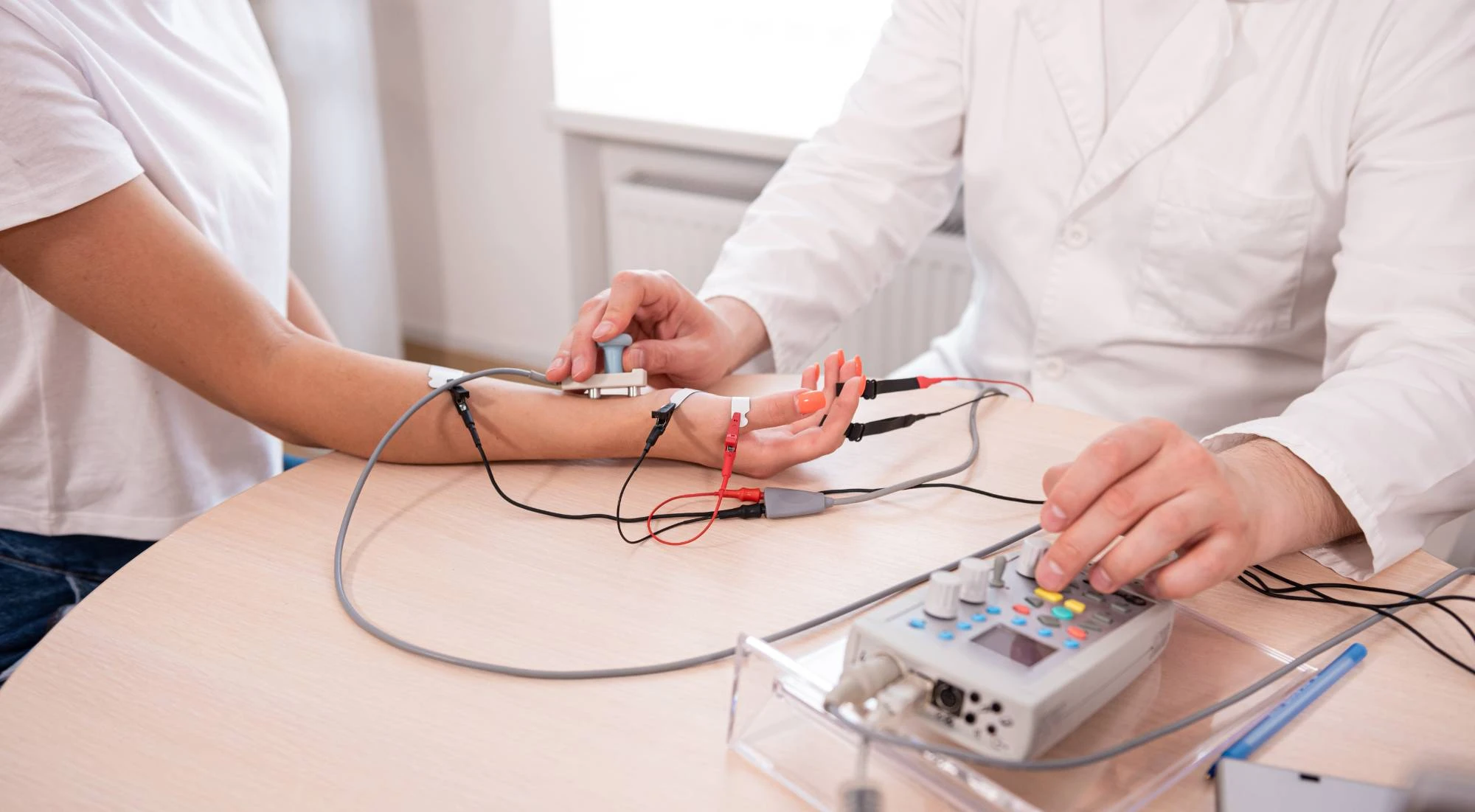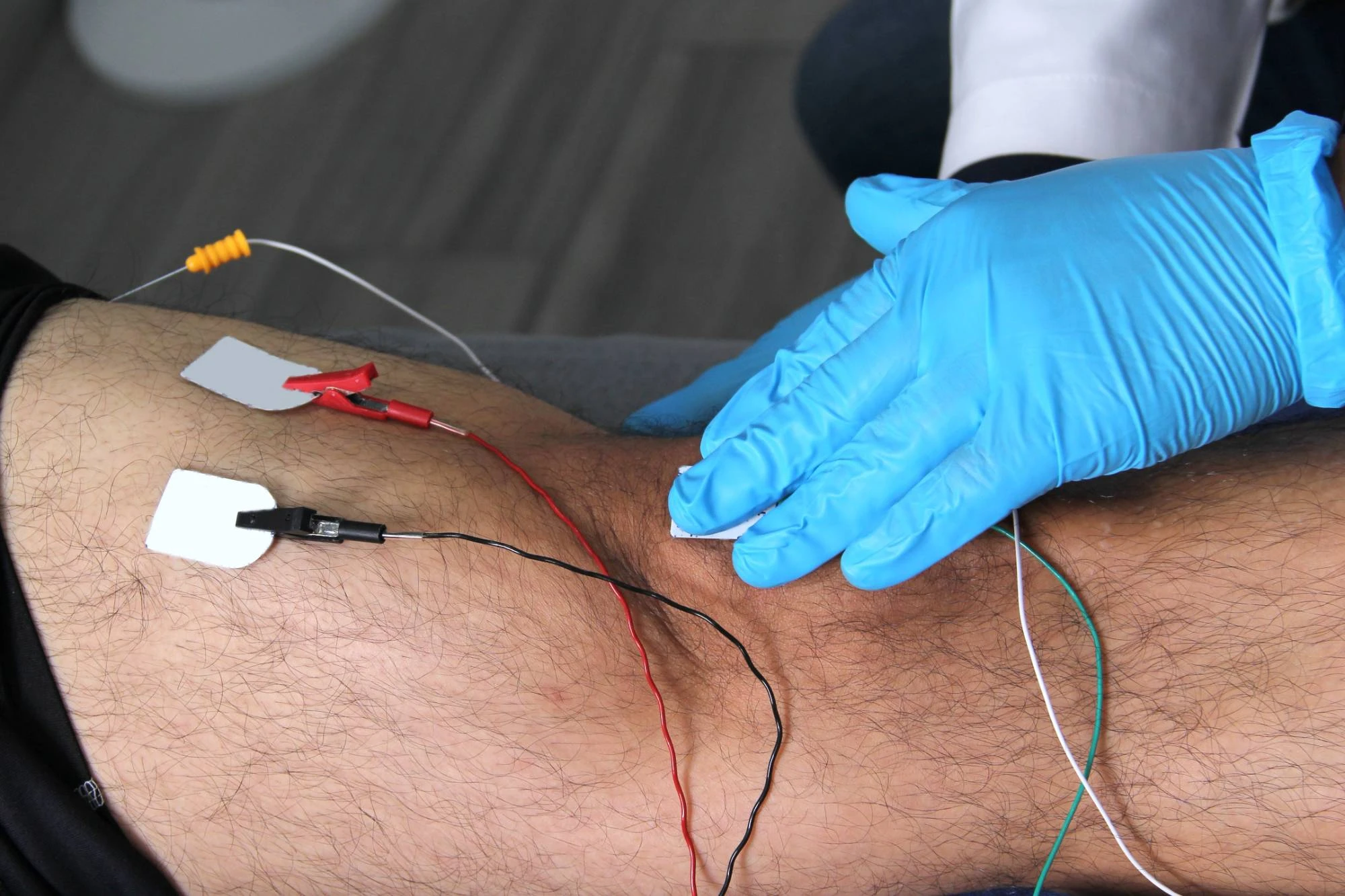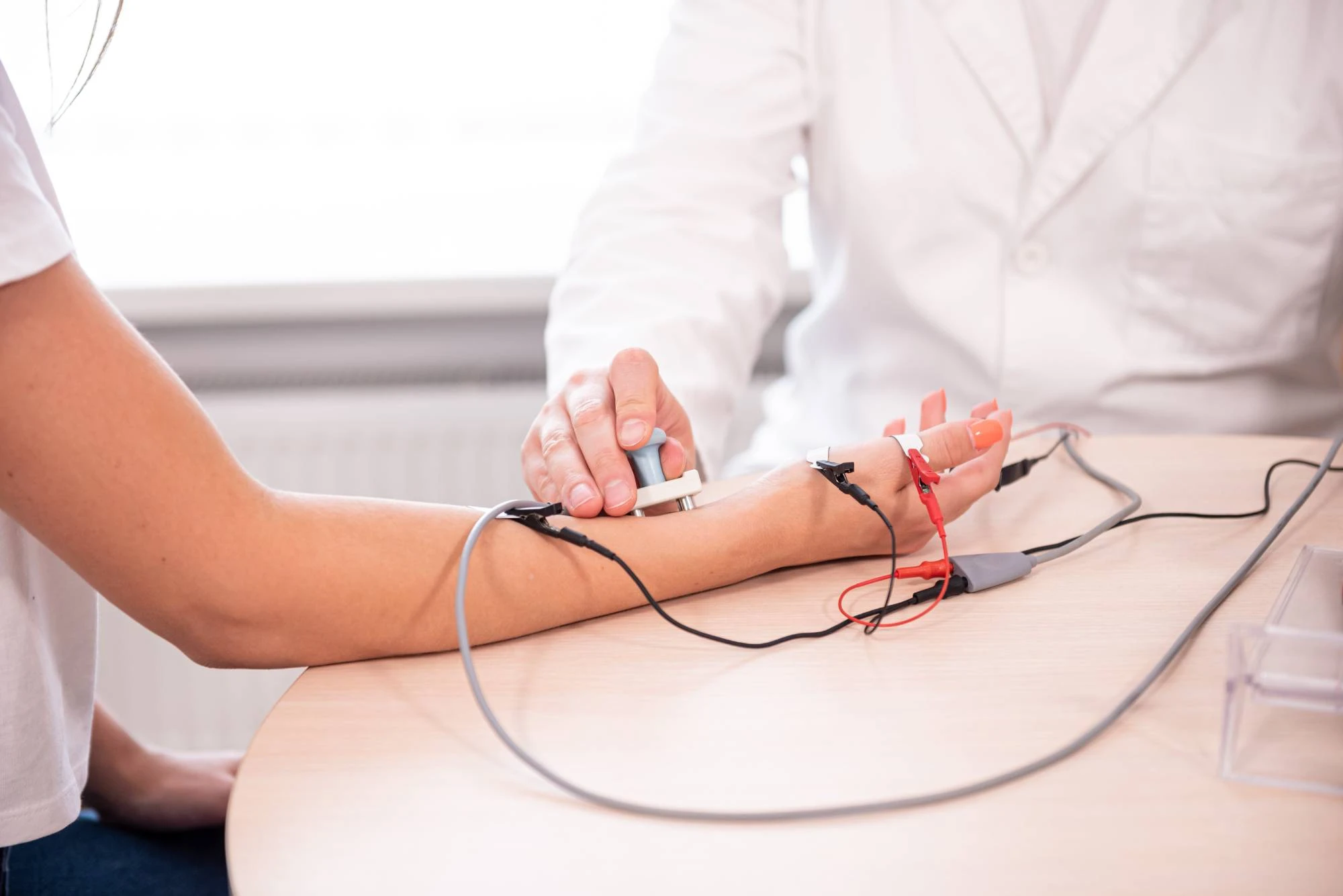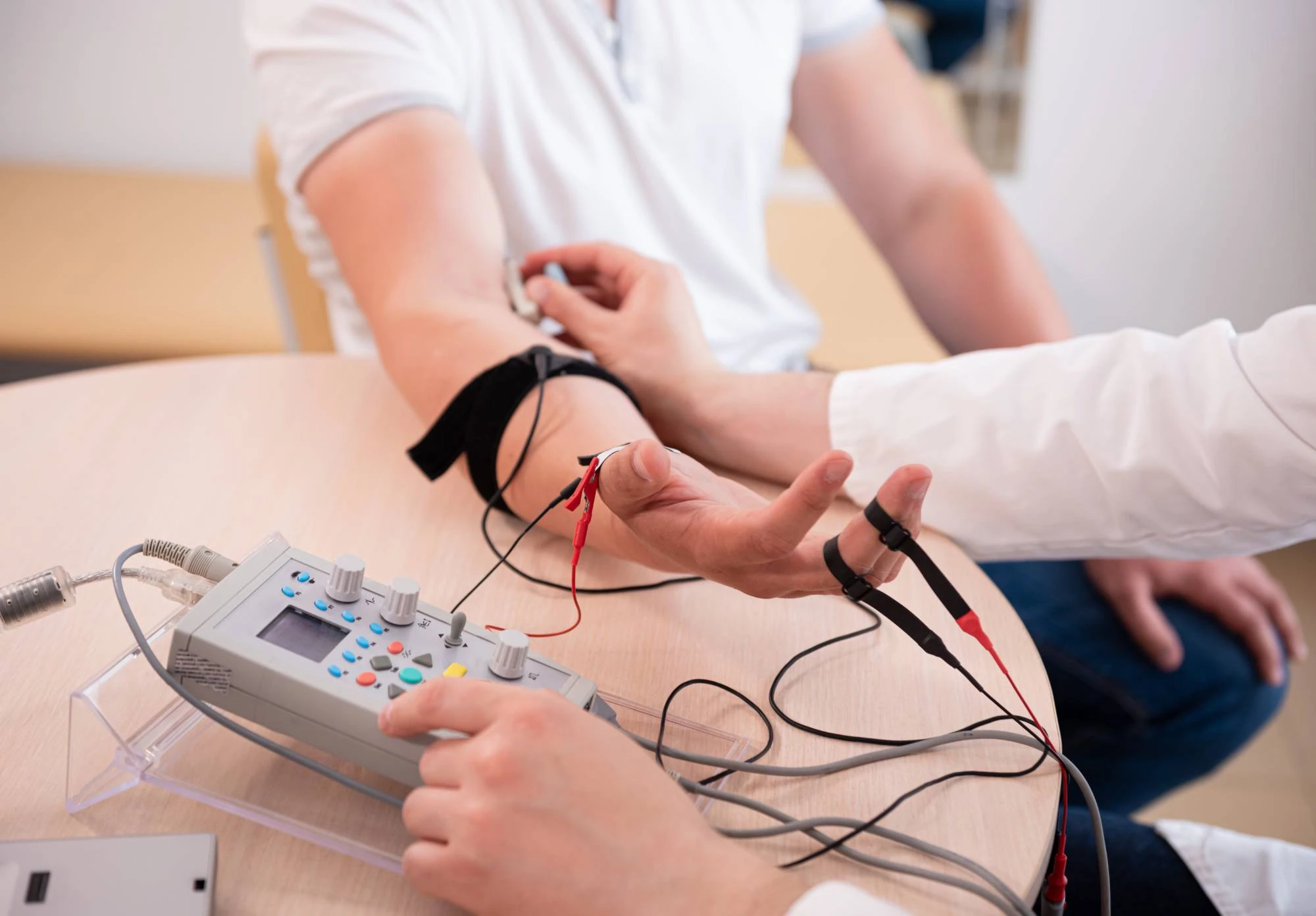Pinpoint exactly what’s causing your numbness, tingling, or weakness with precise EMG testing that reveals what other tests miss.

Reviews

You’ve been dealing with symptoms that don’t make sense. Numbness that comes and goes. Weakness that your doctor can’t explain. Tingling that keeps you awake at night.
EMG testing cuts through the guesswork. It measures the electrical activity in your nerves and muscles, showing us exactly where the problem is and how severe it’s become. No more wondering if it’s “all in your head” or if you’re just getting older.
When you know what’s wrong, you can fix it. Our electromyography testing reveals conditions like carpal tunnel, pinched nerves, herniated disc complications, and muscle disorders that other tests often miss. You’ll walk out with clear answers and a path forward.
We bring specialized neurological testing to Oakland Grove patients who need answers, not more questions. Our board-certified physicians have performed thousands of EMG and nerve conduction studies, interpreting results that other practices might miss or misread.
We’ve been serving Florida patients for years, focusing specifically on complex nerve and spine conditions. When your primary care doctor says “let’s see a specialist,” we’re the specialists they’re talking about.
You’re not just getting a test here. You’re getting an expert interpretation of what those electrical signals actually mean for your daily life and recovery.

Your EMG testing appointment has two parts. First, we do the nerve conduction study. Small electrodes on your skin send mild electrical pulses to measure how fast and strong your nerve signals travel. It feels like small taps or light shocks.
Next comes the electromyography portion. A thin needle electrode goes into specific muscles to record their electrical activity. You’ll tense and relax different muscle groups while we measure the signals. Most people say it feels like getting a shot or acupuncture.
The whole process takes 30 to 60 minutes depending on which nerves and muscles we’re testing. You’ll see the results on our screen in real-time, and we’ll explain what we’re finding as we go. No waiting weeks for answers or trying to decode medical jargon on your own.

Ready to get started?
Our EMG testing covers both upper and lower extremities, depending on your symptoms. We test nerve conduction velocity, muscle response patterns, and electrical activity at rest and during movement. This comprehensive approach catches conditions that partial testing might miss.
You’ll receive detailed results interpretation, not just raw numbers. We explain what your specific findings mean for your condition, your treatment options, and your prognosis. If surgery is being considered, our results help determine if it’s actually necessary.
We also coordinate with your referring physician and any specialists involved in your care. Your results become part of a complete picture, not an isolated data point that leaves you with more questions than answers.

New York:
Florida:
Support